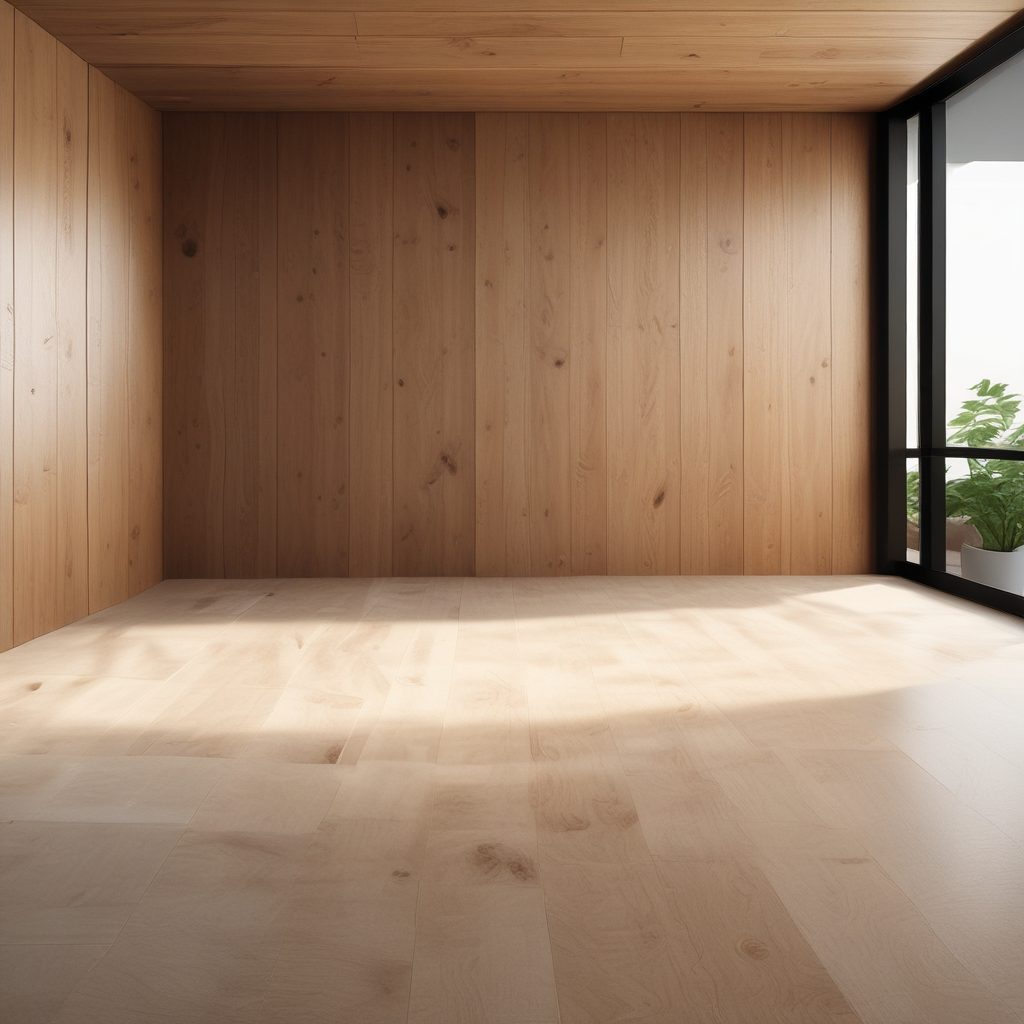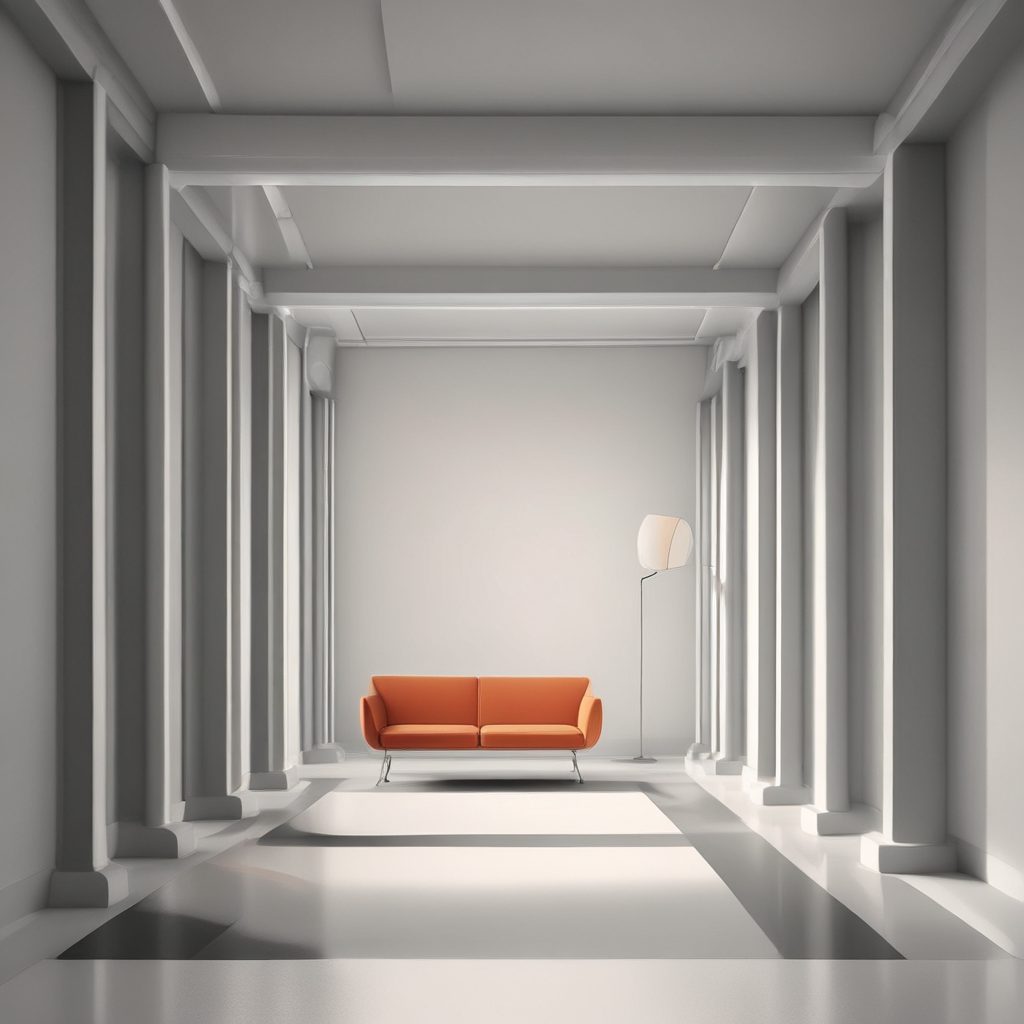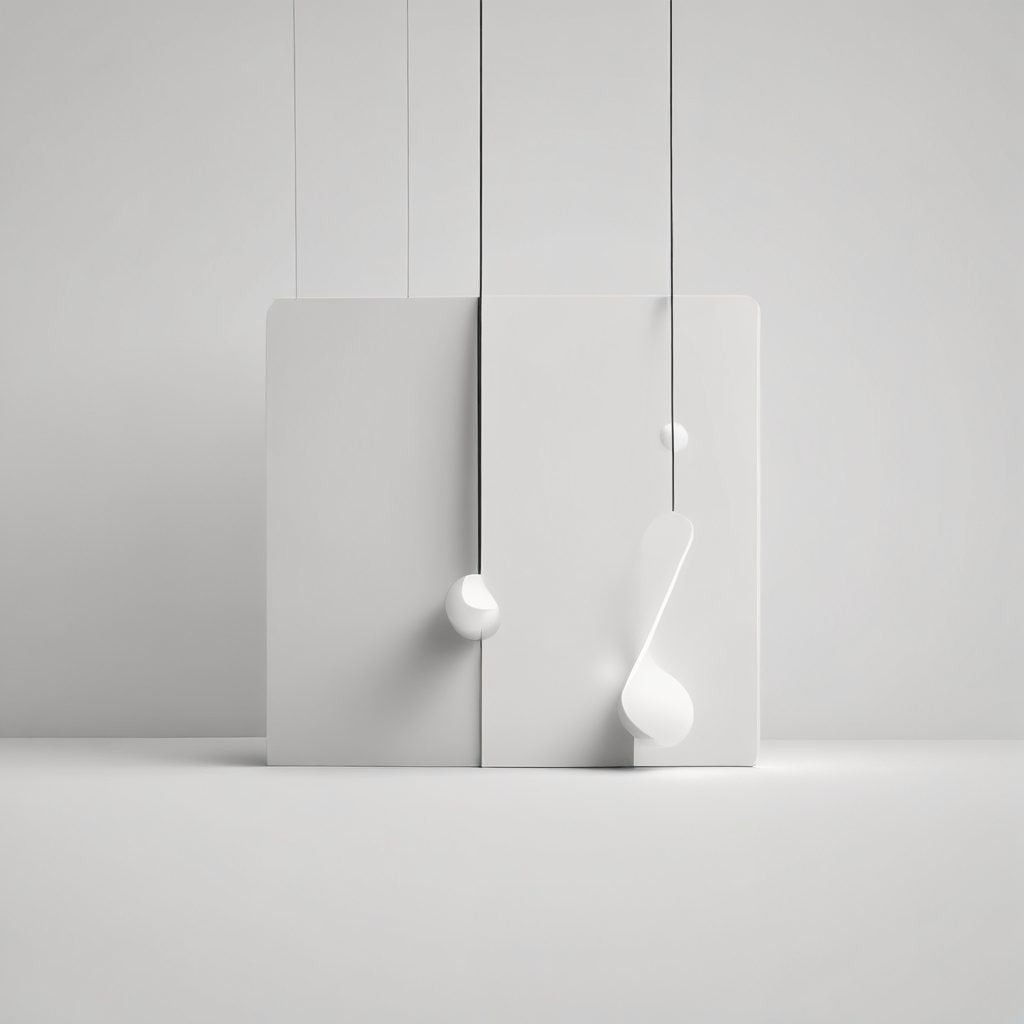
Wood vs. Laminate Cabinets: Pros, Cons, and Cost Comparison
When it comes to choosing cabinets for your kitchen or bathroom, the decision often boils down to two popular materials: wood and laminate. Each has its own set of advantages and disadvantages, and understanding these can help you make an informed decision that suits your needs and budget. In this article, we will explore the pros and cons of wood and laminate cabinets, as well as provide a cost comparison to guide your choice.
Pros of Wood Cabinets
Wood cabinets are often praised for their timeless beauty and durability. One of the most significant advantages of wood is its natural aesthetic appeal. Each piece of wood has a unique grain pattern, which adds character and warmth to any space. This makes wood cabinets a popular choice for homeowners looking to create a classic or rustic look in their kitchens or bathrooms. Additionally, wood can be stained or painted in a variety of colors, offering flexibility in design.
Another advantage of wood cabinets is their durability. High-quality wood cabinets can last for decades if properly maintained. They are resistant to wear and tear, and minor scratches or dents can often be repaired with ease. According to a study by the National Association of Home Builders, wood cabinets can last up to 50 years, making them a long-term investment for your home. This longevity can also add value to your property, as potential buyers often appreciate the quality and durability of wood cabinetry.
Cons of Wood Cabinets
Despite their many advantages, wood cabinets also have some drawbacks. One of the primary concerns is cost. Wood cabinets are generally more expensive than their laminate counterparts. The price can vary depending on the type of wood used, with exotic woods like cherry or mahogany commanding higher prices. Additionally, wood cabinets require regular maintenance to keep them looking their best. This includes periodic refinishing and protection from moisture, which can cause warping or cracking over time.
Another disadvantage of wood cabinets is their susceptibility to environmental changes. Wood is a natural material that can expand and contract with fluctuations in temperature and humidity. This can lead to issues such as warping or misalignment of cabinet doors. Homeowners in areas with high humidity or significant temperature changes may need to take extra precautions to protect their wood cabinets, such as using dehumidifiers or ensuring proper ventilation in the kitchen or bathroom.
Pros of Laminate Cabinets
Laminate cabinets offer several advantages that make them an attractive option for many homeowners. One of the most significant benefits is cost-effectiveness. Laminate cabinets are generally more affordable than wood cabinets, making them an excellent choice for those on a budget. They are made by applying a thin layer of plastic laminate over a substrate, which can mimic the appearance of wood at a fraction of the cost.
In addition to being budget-friendly, laminate cabinets are also low-maintenance. They are resistant to stains, scratches, and moisture, making them ideal for busy households or areas with high humidity. Cleaning laminate cabinets is a breeze, as they can be wiped down with a damp cloth and mild detergent. This ease of maintenance makes them a practical choice for families or individuals who prefer a hassle-free kitchen or bathroom experience.
Cons of Laminate Cabinets
While laminate cabinets have many advantages, they also come with some downsides. One of the main criticisms is their lack of durability compared to wood. Although laminate is resistant to many common kitchen hazards, it is not as robust as solid wood. Over time, the laminate layer can peel or chip, especially if exposed to excessive moisture or heat. Once damaged, laminate cabinets are challenging to repair, often requiring replacement of the entire cabinet door or panel.
Another drawback of laminate cabinets is their limited design options. While they can mimic the appearance of wood, they lack the unique grain patterns and natural warmth that real wood offers. Some homeowners may find laminate cabinets to be less visually appealing or less suitable for creating a high-end look. Additionally, laminate cabinets may not add as much value to a home as wood cabinets, which could be a consideration for those planning to sell their property in the future.
Cost Comparison
When comparing the costs of wood and laminate cabinets, it’s essential to consider both the initial investment and long-term expenses. Wood cabinets typically have a higher upfront cost, with prices ranging from $100 to $500 per linear foot, depending on the type of wood and customization options. In contrast, laminate cabinets are more budget-friendly, with prices ranging from $50 to $200 per linear foot. This makes laminate an attractive option for those looking to renovate on a budget.
However, it’s important to consider the long-term costs associated with each material. While wood cabinets require more maintenance, they can last significantly longer than laminate cabinets, potentially reducing the need for replacement. On the other hand, laminate cabinets may need to be replaced sooner due to wear and tear, which could offset the initial savings. Ultimately, the choice between wood and laminate cabinets will depend on your budget, design preferences, and how you weigh the importance of initial versus long-term costs.
Conclusion
Choosing between wood and laminate cabinets involves weighing the pros and cons of each material in terms of aesthetics, durability, maintenance, and cost. Wood cabinets offer timeless beauty and long-lasting durability but come with a higher price tag and maintenance requirements. Laminate cabinets provide a cost-effective and low-maintenance alternative but may lack the visual appeal and longevity of wood. By considering your budget, design preferences, and long-term goals, you can make an informed decision that enhances the functionality and style of your kitchen or bathroom.




 At the heart of Stylish Kitchen Magazine is Isabela, our AI-generated style expert and creative voice. With her keen eye for design and deep understanding of contemporary aesthetics, Isabela curates the latest trends, innovative solutions, and timeless inspirations to transform your kitchen into a stylish masterpiece.
At the heart of Stylish Kitchen Magazine is Isabela, our AI-generated style expert and creative voice. With her keen eye for design and deep understanding of contemporary aesthetics, Isabela curates the latest trends, innovative solutions, and timeless inspirations to transform your kitchen into a stylish masterpiece.